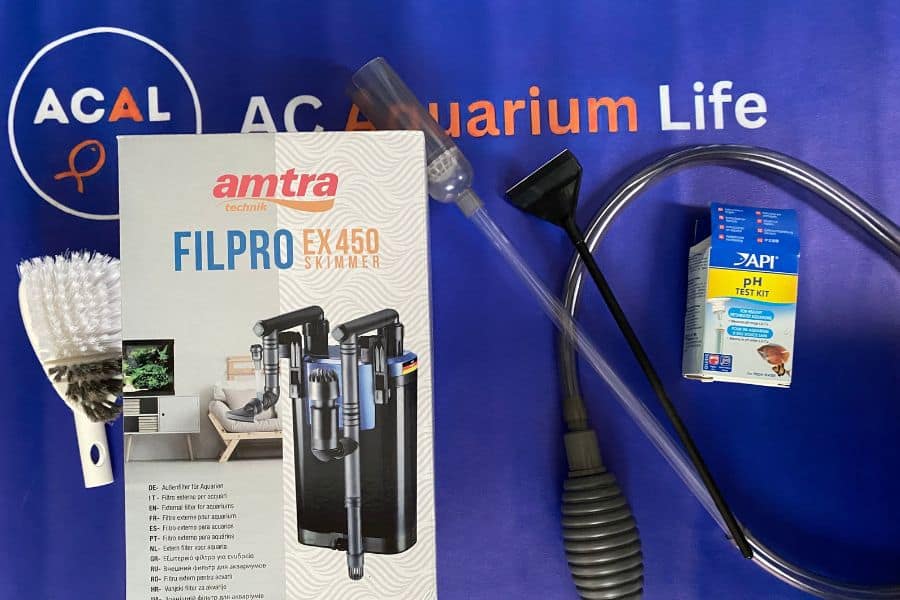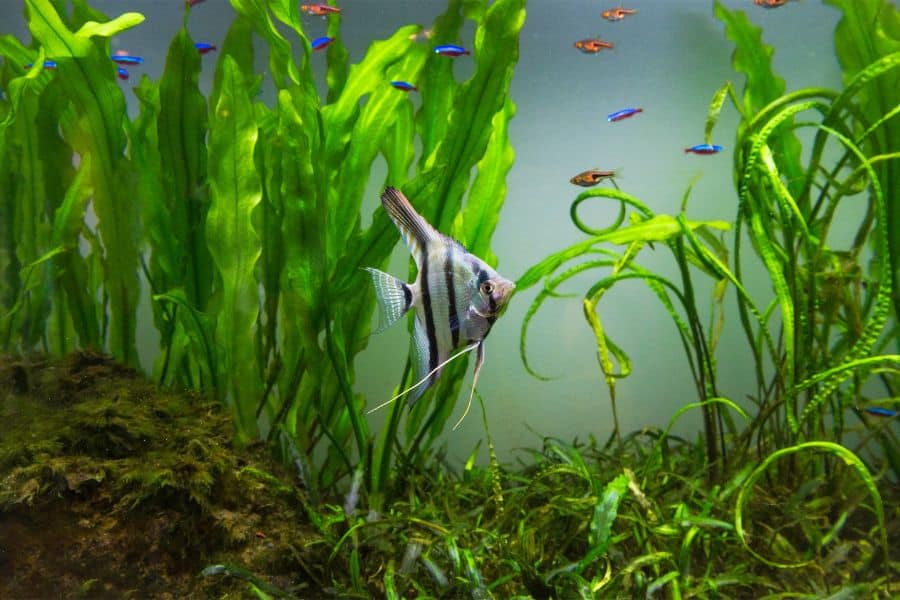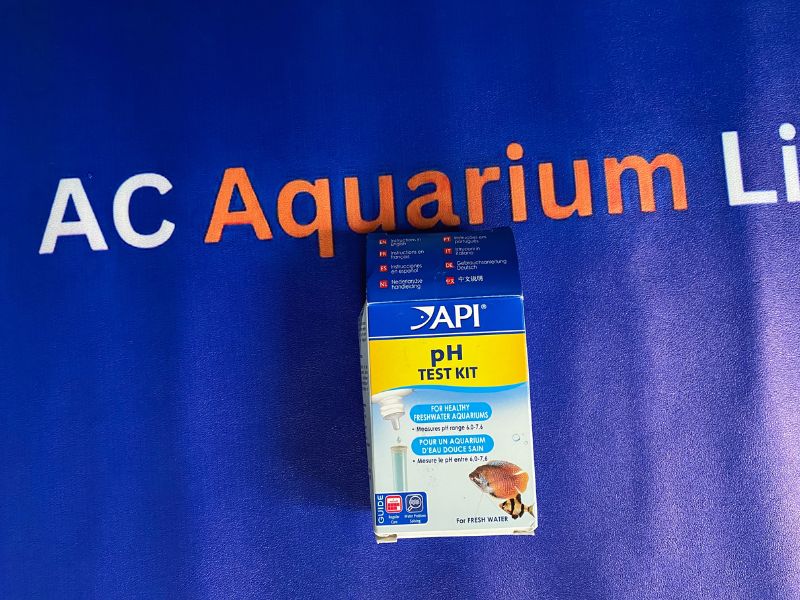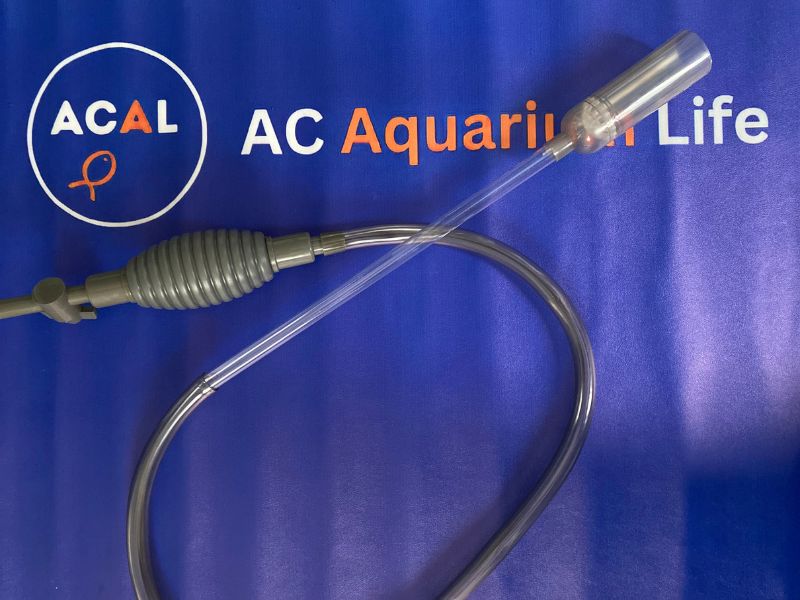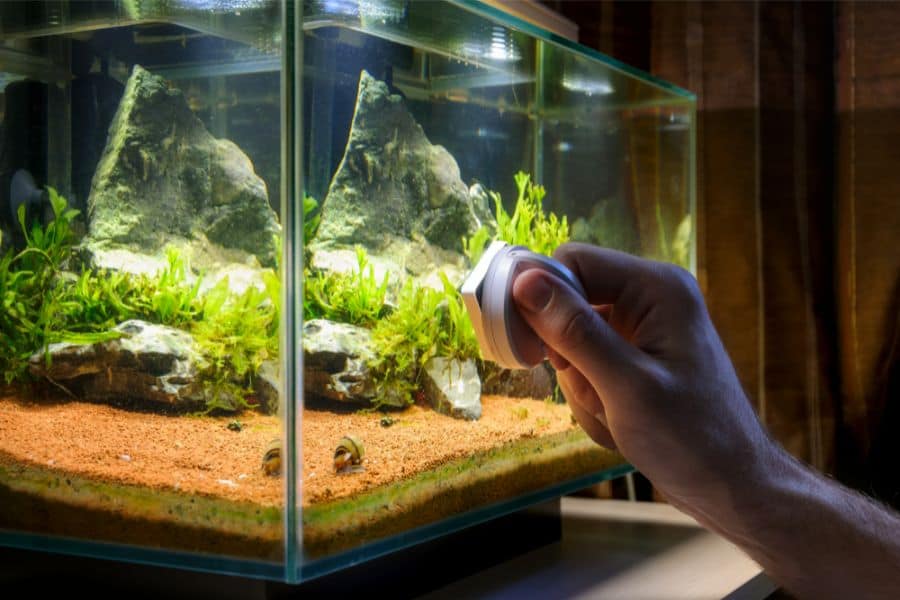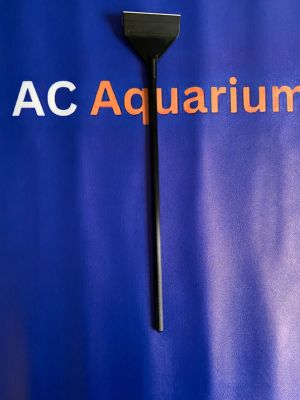Educating fish owners, hobbyists, and traders about the importance of tank maintenance still remains the most effective way of increasing aquarium fish mortality.
This is because more fish in aquariums are killed by poor tank maintenance than any other causes, not even infectious diseases.
Simple habits like cleaning the filters, regular water changes, and cleaning the glass will ensure you have crystal-clear water and a nice view of your fish in the tank.
Other advanced methods like using UV sterilizers and having a cleaning crew help make the job much easier & faster.
This article is for someone looking to stop having cloudy water in their tank, aim at keeping a crystal-clear tank setup, and want to learn a few cleaning hacks along the way.
Read on to learn how to keep your fish tank clean naturally.
Why Keeping Your Fish Tank Clean Is Important?
Dirty and unclean tanks can lead to a variety of problems that can harm fish health, such as low oxygen levels, high ammonia and nitrite levels, and the growth of harmful bacteria and parasites.
These problems can weaken the fish’s immune system, making them more susceptible to diseases and infections and ultimately leading to death in severe cases.
To prevent fish deaths caused by dirty and unclean tanks, it is important to maintain good water quality through regular water changes, filtration, and cleaning. The percentage of fish deaths that can be attributed to dirty and unclean tanks can be significantly reduced by providing a clean and healthy environment for fish to thrive in.
15 Essential Fish Tank Cleaning Methods & Hacks
Let’s start with the easy habits every beginner to experienced aquarist needs to know in order to have a thriving community of fish. Stick around to take a look at some natural, chemical, and advanced ways as well as how to keep the fish tank clean without changing the water.
Easy Habits to Keep Your Fish Tanks Clean
The first step is always to have a water testing kit with you to keep all water parameters in check. You want to pay special attention to every changing parameter that may be affecting your crystal-clear water. Proceed to follow the common practices to keep the tank cleaner afterward:
1. Use Water Testing Kits
Water testing kits are critical tools for maintaining the health and well-being of fish in an aquarium. Regularly testing helps in:
- Monitoring ammonia and nitrite levels: Ammonia and nitrite are toxic to fish, and their levels should be kept at a minimum. A water testing kit allows you to monitor these levels, so you can take corrective action if necessary.
- Keeping pH levels in check: Fish are sensitive to changes in pH levels, and rapid changes can be harmful. A water testing kit helps you monitor pH levels so you can adjust gradually to maintain a stable environment for your fish.
- Detecting water hardness: Some fish species require specific water hardness levels to thrive. Use the kit to determine the hardness of your water and adjust as needed.
- Preventing algae growth: Excess nutrients in the water can lead to algae growth, which can be harmful to fish. Use the kit to monitor nutrient levels and take corrective action to prevent algae growth.
2. Performing Regular Water Changes (20% Every 2 Weeks)
Regardless of how dirty, cloudy, and misty your tank is, it is best never to perform a full water change. This is because you want to keep the water parameters and quality stable so that your fish are not disturbed and stressed in the process. It also helps keep beneficial bacteria in the tank.
Beneficial bacteria in the fish tank are very helpful in processing the fish’s waste and maintaining a stable ecological system. Also, you can buy live bacteria to help replace the beneficial bacteria that were removed during the water change.
20% – 35% water change every 2 to 4 weeks is the most recommended capacity, but this varies depending on the water tank size, the size of your fish, fish species, and the tank environment. Some aquariums may require higher and more frequent water changes depending on the chemical composition of your water.
Do not forget to use water conditioners. These are products created to prepare tap water for use in an aquarium. In case the tap water is chlorinated, a conditioner with a dechlorinating agent can be used.
These conditioners typically contain sodium thiosulfate, which effectively neutralizes chlorine and turns it into chloride, a substance that is much less harmful to fish.
3. Physically Clean the Tank Regularly
Similar to water changes, cleaning the tank needs to be done gradually and sparingly. A good practice is to clean the tank at the same intervals you perform the 20% water changes.
However, this is not a general rule; ensure you use your test kits and personal judgment to know when your tank needs to be cleaned. The goal is to keep the beneficial bacteria intact.
It is best you do not clean the whole tank on the same day to avoid stressing the fish with drastic water disturbances and biological changes.
In case the tank is very dirty, and you need a quick fix, then ensure you transfer all the fish, the plants, and décor into a separate tank with similar water qualities. Ensure you perform regular cleaning afterward to help prevent the tank from becoming too dirty in the future.
Cleaning the tank in and out over the course of several days. Ensure you go through every bit of the environment, from the props to the décor to the algae beds and tank walls.
Scrape algae from the walls of the tank using an algae scraping tool; the API’s Extra-long Algae Scrapper for Acrylic Aquariums is a good option to start with.
Use an aquarium-safe lime cleaner for the outside glass to ensure you have no spots, dust, fingerprints, or other smudges on the outside.
4. Using A Filter
Filters are essential in keeping your tank clean by removing waste, debris, and other harmful substances from the water, providing a healthy environment for fish and other aquatic organisms.
Filters also trap and remove solid waste such as uneaten fish food, fish waste, and decaying plant matter. Without a filter, this waste will accumulate and create ammonia and other harmful compounds that can cause health problems for fish.
Filters promote the circulation of water in the tank, ensuring that oxygen and nutrients are distributed evenly. This promotes the growth of beneficial bacteria.
5. Avoid Overfeeding
When fish are overfed, excess food can decompose and create an increase in organic waste in the aquarium water. This can lead to an increase in harmful chemicals like ammonia and nitrite, which can cause stress and illness in fish.
It can also create a breeding ground for harmful bacteria and algae, which can further degrade water quality and harm the fish. Overfeeding can cause health problems in fish, including obesity, bloating, and constipation leading to problems like swim bladder illness.
6. Use a Bigger Tank
It is harder to clean small tanks because of overcrowding & less filtration space which leads to poor water quality.
A larger tank provides a more stable environment for fish because it allows for a larger volume of water to dilute waste and maintain water chemistry. This means that there is less risk of harmful changes in water quality, and fish can be more resilient to fluctuations.
A bigger tank also allows for more space for filtration systems and other equipment like heaters and air pumps.
7. Avoid Direct Sunlight & Excess Lighting
Sunlight and excessive lighting can cause an overgrowth of algae in the aquarium. Algae can compete with fish and other aquatic plants for nutrients and can also produce harmful toxins that can harm the fish.
Also, excessive heat can cause water evaporation, which can lead to changes in the water chemistry, creates dirty water, and may go further to harm the fish.
8. Trim & Remove Dead Plant Matter
Dead plant matter decomposes and releases excess nutrients into the water. This can create an increase in organic waste, which can lead to an increase in harmful chemicals like ammonia and nitrite.
The result of all this is a buildup of toxins that change the water’s color and add to the poor water conditions in the tank.
Keeping Your Fish Tank Clean Without Changing Water
Changing the water in your fish tank can be a daunting task, but it is necessary to maintain the health of your fish. However, there are ways to keep your fish tank clean without changing the water.
One way is to use a gravel vacuum to clean the substrate of the tank. You can also use a sponge to clean the sides of the tank to remove any algae buildup.
9. Vacuuming the Fish Tank
Vacuuming your fish tank helps remove debris. Start with the gravel at the bottom.
Fish waste, uneaten food, and plant debris can accumulate on the bottom of the tank and create a layer of sludge that can be harmful to the fish and cause water to turn cloudy.
Vacuuming the substrate with a gravel vacuum can help remove this debris, preventing it from decomposing. It also helps prevent algae growth.
10. Regularly Replace & Clean the Filter Media
Some filter media can be used for many years, while others are made to last a short while. For long-lasting filter media that will stick around for years, it is best to always clean them at most once or twice a month. Replace the short-term filters every two to two and a half months.
Mechanical filters should be changed at most once every two to four weeks, whereas chemical filters should be recharged or replaced every three to five weeks. Biological filters, on the other hand, last longer and are only cleaned once every two to three months to avoid disrupting the beneficial bacteria.
11. UV Sterilizer
UV sterilizers can be used in any type of aquarium and help improve water clarity. If you are wondering how to clean a fish tank clean of algae, then an ultraviolet light sterilizer is a great choice.
Algae growth leads to cloudy water and affects the cleanliness of your tank. UV sterilizers can help to control algae growth by killing the algae spores in the water, which can reduce the need for frequent water changes and chemical treatments.
It also improves the visibility of the fish by reducing the number of particles and bacteria suspended in the water.
How to Keep Fish Tank Clean Naturally
Chemical & manual solutions can be effective in maintaining a clean fish tank, but you may prefer to use these natural methods that help control algae growth and thus keeps the fish tanks much clearer:
12. Algae Eaters: Fish, Shrimp, and Snails
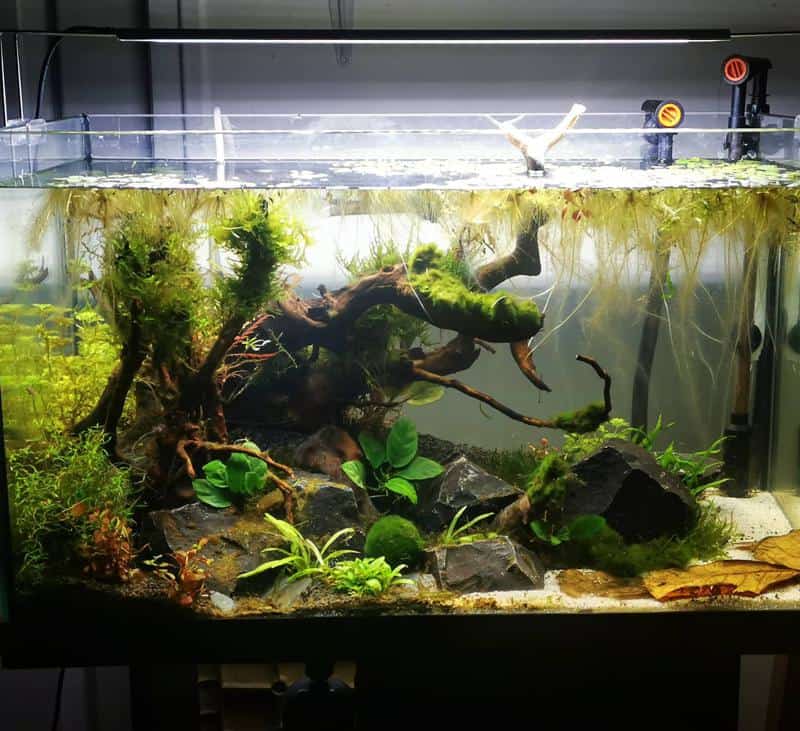
Small growth of algae in a tank is great for the fish, but excess growth can make the water dirtier and also affect the mortality of your fish.
This is where natural cleanup crews come in. Algae eaters are plenty in the fish market; they include several types of fish, shrimps, and snails that predominantly feed on algae, thereby helping you reduce the algae growth in the tank.
The best algae eaters to help clean your tank include nerite snails, Malaysian trumpets, mystery snails, amano shrimps, cherry shrimps, suckermuth catfish, bristlenose plecos, and the Siamese algae eater.
13. Plants Like Hornworts
Algae growth is a common problem in fish tanks that can also be solved by aquatic plants. Most of these plants reduce algae growth by competing with the algae for nutrients and light.
The best plants for the job include the hornworts, amazon sword, java moss, and water sprite.
Also Read: Best Aquarium Plants to Reduce Nitrates
Hacks & Tricks to Consider When Cleaning Your Tank
14. Magnetic Algae Scrubber Tool
Another option is to use an algae magnet, which is a magnetized tool that can be used to clean the glass without getting your hands wet.
It is a two-part device where one part is placed inside the tank and the other outside, they are held together through the glass by magnets, and you can move them around to clean the algae on the tank walls.
Also, you can use a scraping algae knife, and it will be easier and quicker to remove the algae and other aquatic growth from the surfaces of aquarium glass.
15. DIY Automatic Water Exchange Systems
This is an advanced system that is not easy to set up if you do not have a continuous water supply system or enough experience.
However, it is a great solution that helps automate water changes by always ensuring your tank gets freshwater, and water changes are always done on time. Feel free to check around the internet for several tutorials on how to make one.
Read More:
Conclusion
Maintaining a clean fish tank is essential for the health and well-being of your fish. By following these simple tips, you can keep your fish tank clean and healthy without the need for frequent water changes or harsh chemicals.
Remember to clean the substrate and sides of the tank regularly, try using natural methods to control algae growth, and use the right tools to clean algae. With a little effort, you can have a beautiful and healthy fish tank in no time.
